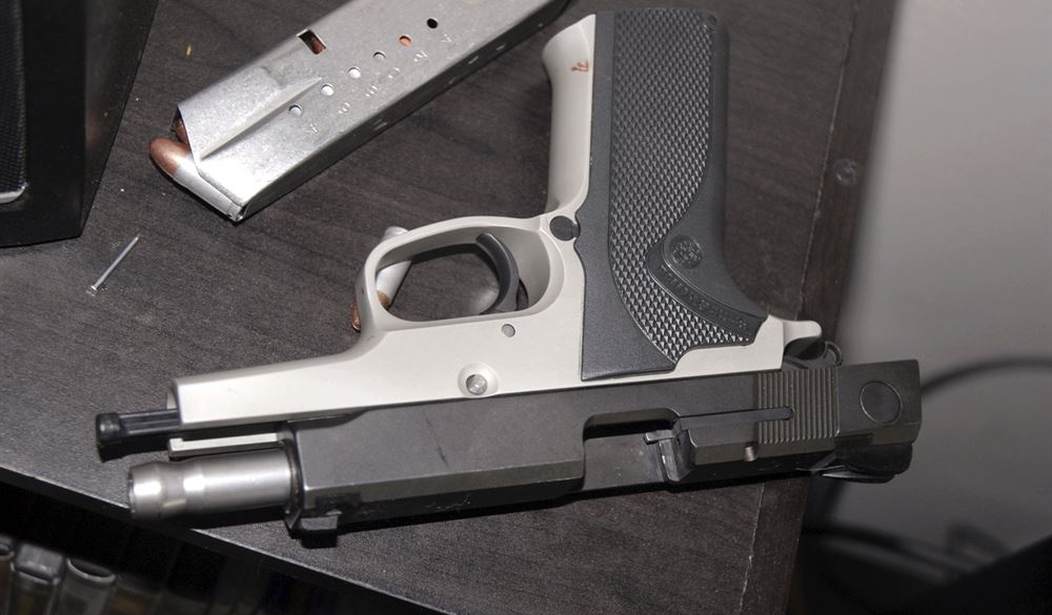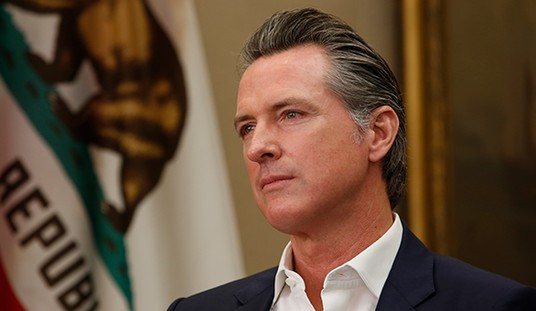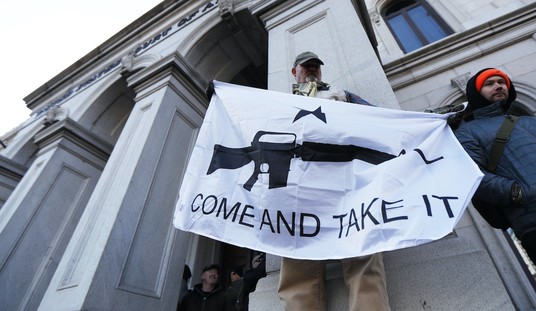Just not something that works. On Saturday, the Chicago Police Department will be hosting a “gun turn in event” at a local church, where people can hand over firearms in exchange for a $100 gift card. While I’ll give the CPD credit for not calling the event a “buyback,” no matter what you call it, it’s still a completely ineffective way to fight the rise in shootings and homicides in the city.
Appearing on Chicago’s ABC affiliate on Friday morning, CPD director of community policing Glen Brooks was asked if the event can really make a difference. “Absolutely,” Brooks responded confidently.
“You know, the common belief is that guns just come from dealers in back alleys and under the streetlight, but the fact of the matter is that a lot of the weapons that are used in the city come from people’s homes; whether it’s an old gun that a teenager or young person finds or whether it’s an unwanted weapon that is stolen from the house. These are where these guns come from that affect our city.”
Somebody tell Chicago Mayor Lori Lightfoot, who routinely blames Indiana for Chicago’s crime rates.
I do wish the ABC 7 anchors would have pressed Brooks even slightly about his belief that turn-ins are effective, because even if Brooks correctly notes that plenty of the guns used in crime in Chicago are locally-sourced, it doesn’t mean that a compensated confiscation event is going to make a difference.
There’s absolutely no evidence that these types of events have any impact on crime rates, suicide rates, or incidents involving the accidental discharge of firearms. Even the CPD spokesman wouldn’t offer any prediction of how much of a reduction in violent crime the city could see from the turn-in, sayin instead that “the goal is to have a successful gun turn in where people can bring those unwanted weapons with no questions asked; that we will give everyone who brings a weapon in $100, we won’t ask any questions.”
To be fair, Brooks acknowledged that the turn-in isn’t the only strategy that CPD is utilizing to try to bring down the violence in Chicago.
“Not only do we have the strategy of moving officers to those areas where we’re seeing the most violence, but it’s also important that we work together to reduce the number of weapons that are available on the street, do outreach to our young men who are the primary victims of this violence, and really work together to address this. This isn’t going to be an issue that simply handcuffs are going to stop. This is an all hands on deck where we work together with the community.”
It’s true that Chicago can’t simply arrest its way out of the problem, nor are more gun control laws likely to make a difference. Still, the most effective way to bring down the homicide rate does involve handcuffs, because in order for the city’s violent criminals to get the message that crime doesn’t pay, there have to be consequences for their actions. The CPD would be far better off spending that gun turn-in money on a beefed-up witness protection program, as well as increasing the rewards offered for tips that lead to arrests in some of the nearly 600 murders in Chicago so far this year.
Anything that takes the focus off of the most violent offenders and instead puts the focus on junk guns that have been tucked away in a basement for 20 years is a distraction. In this case, the real goal of the turn-in isn’t to reduce violent crime but to increase the positive press for city leaders. They can claim they’re “doing something” about the increased crime and the decrease in public safety, and they don’t have to worry too much about the local press asking them tough questions about whether or not they’re actually doing something that works.









Join the conversation as a VIP Member